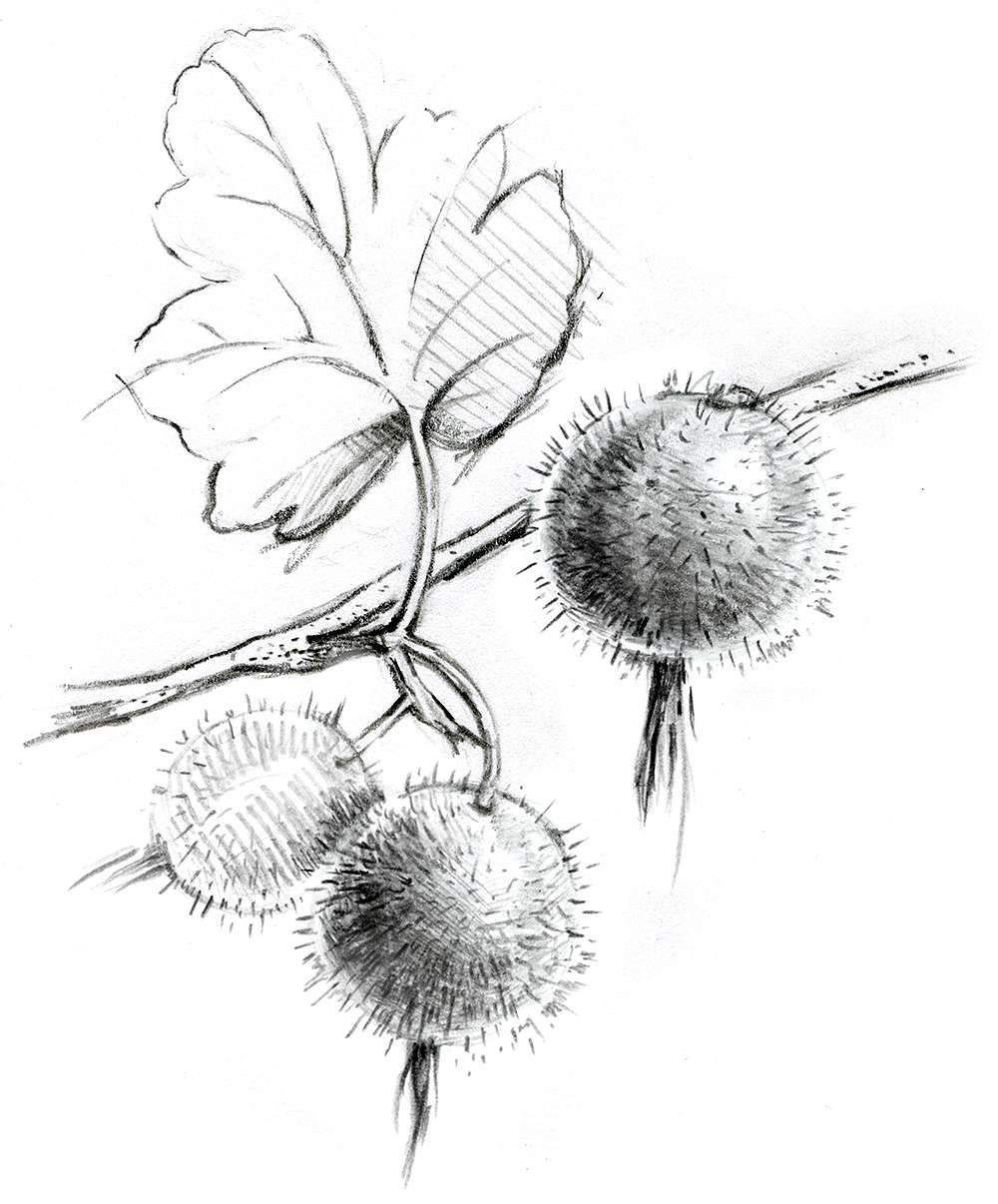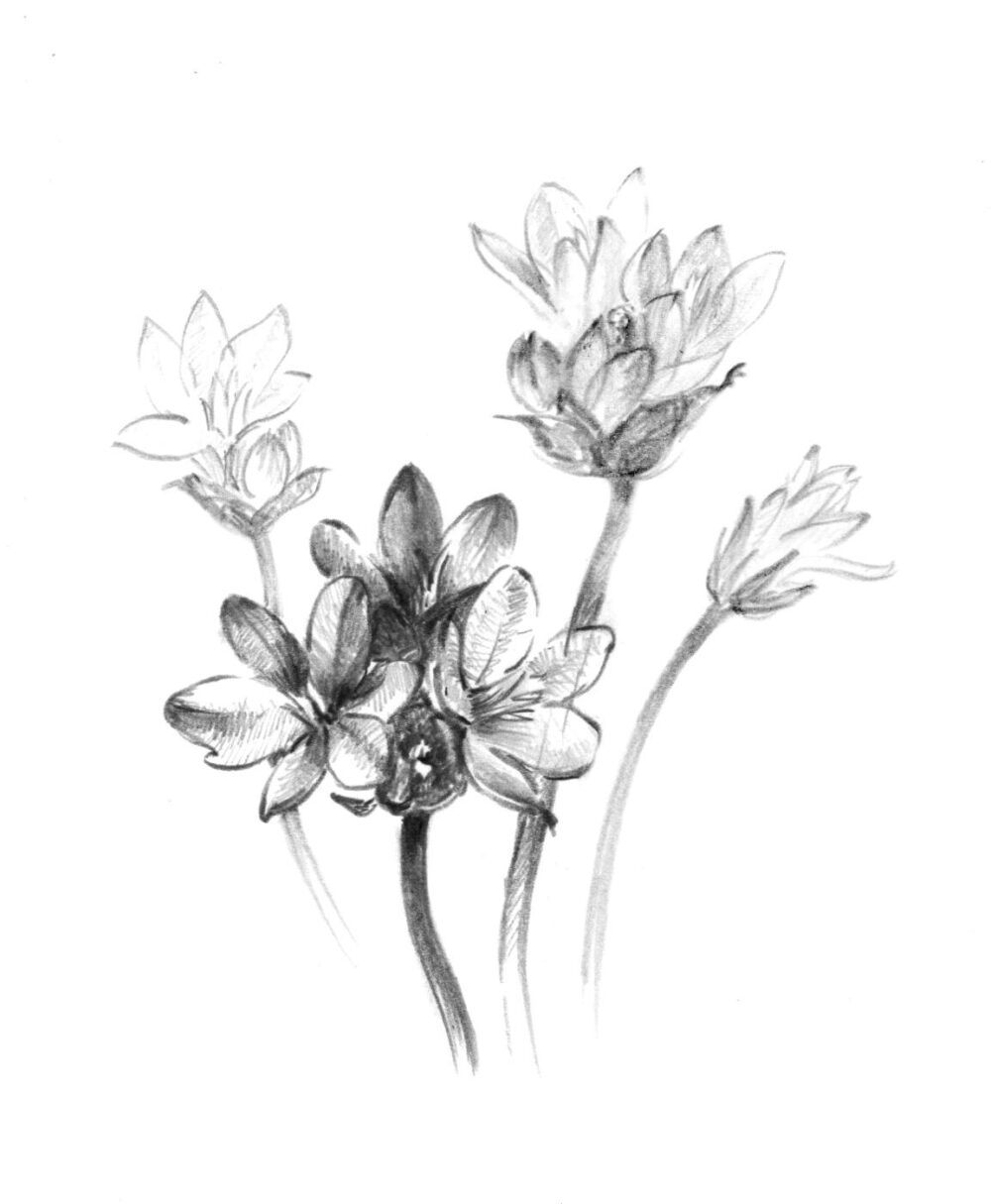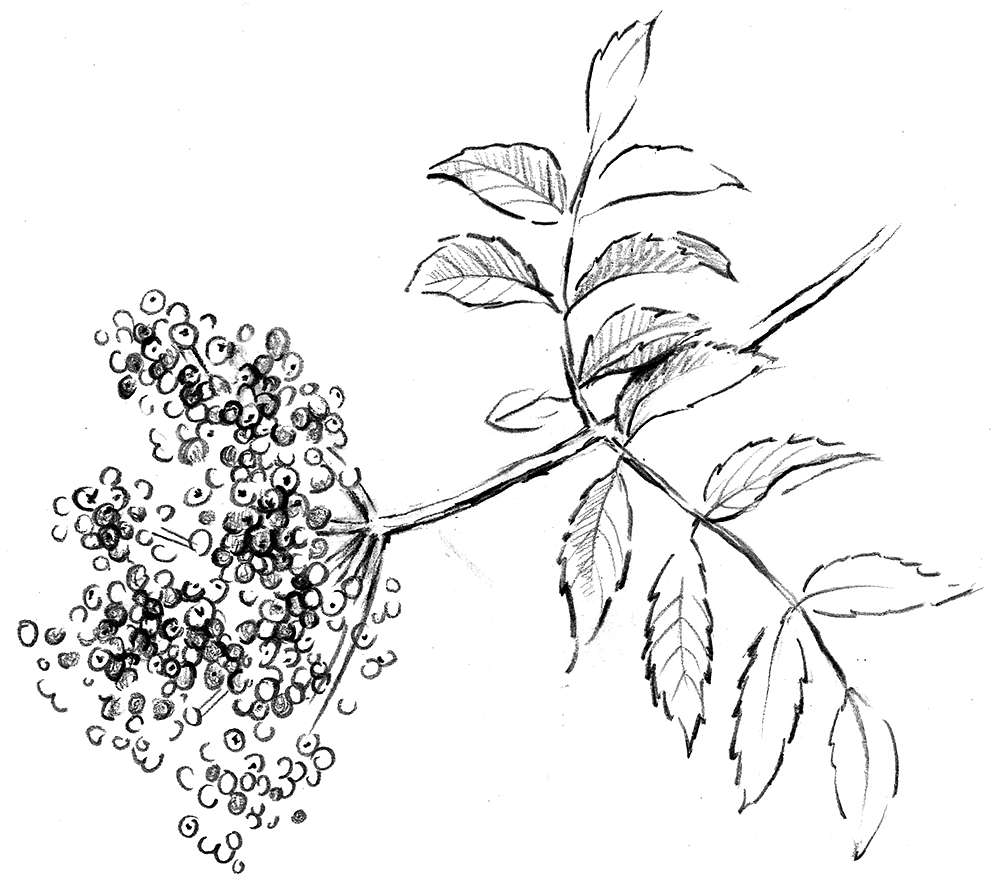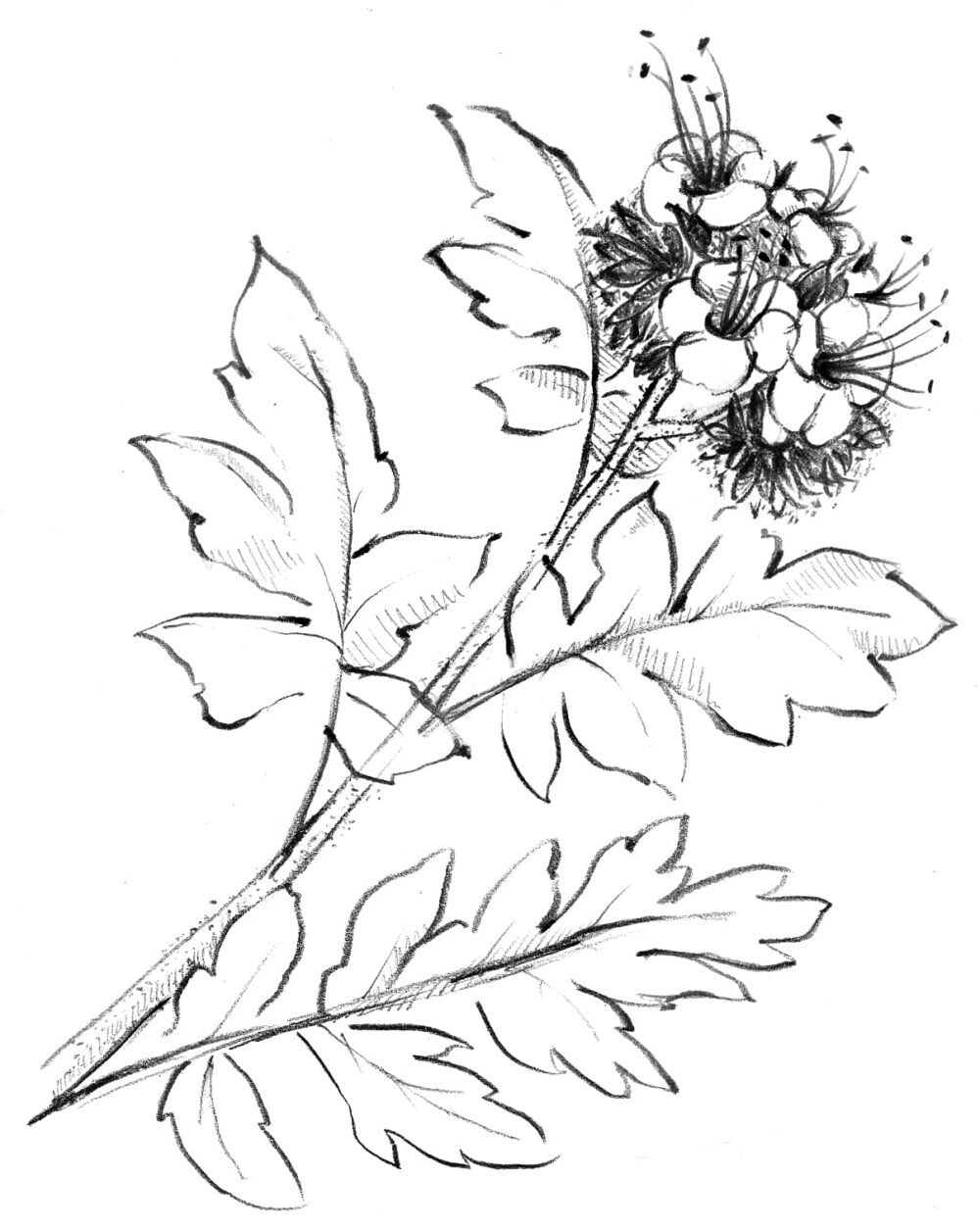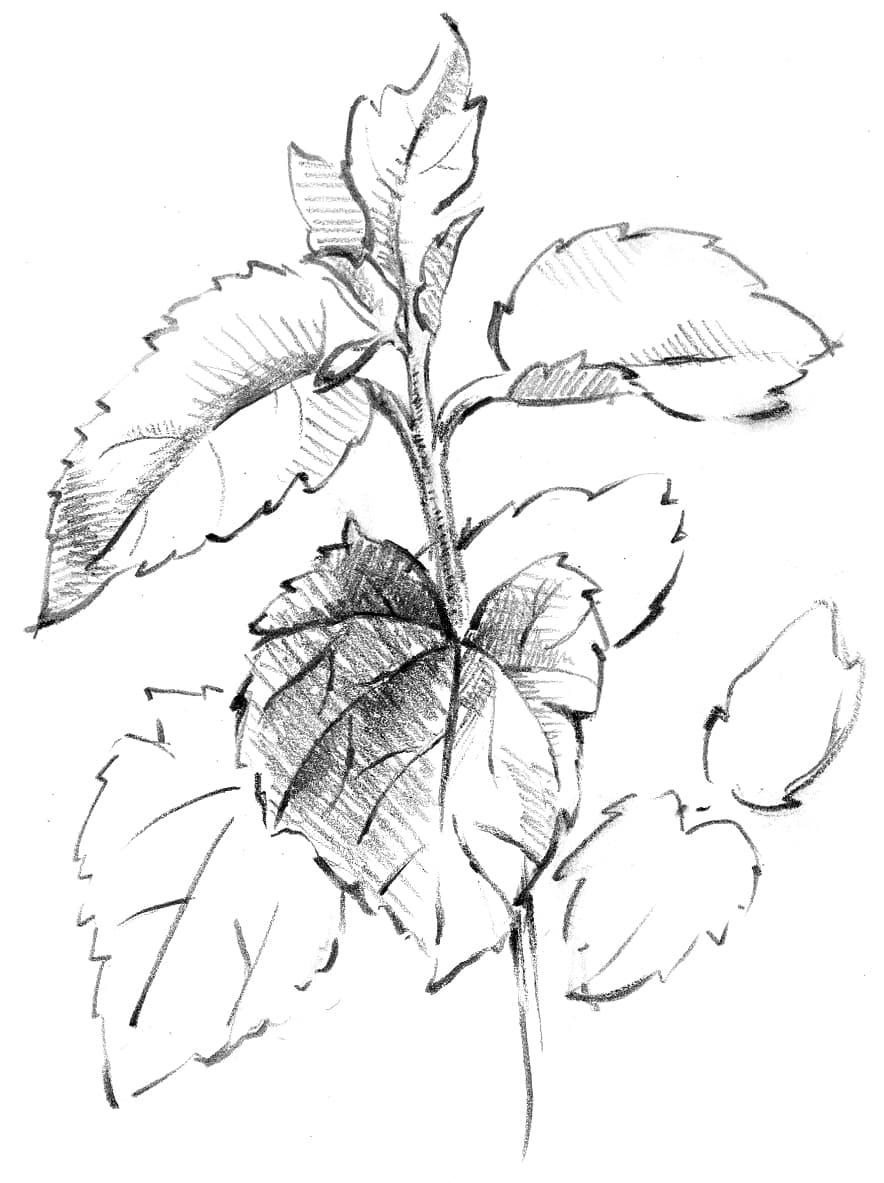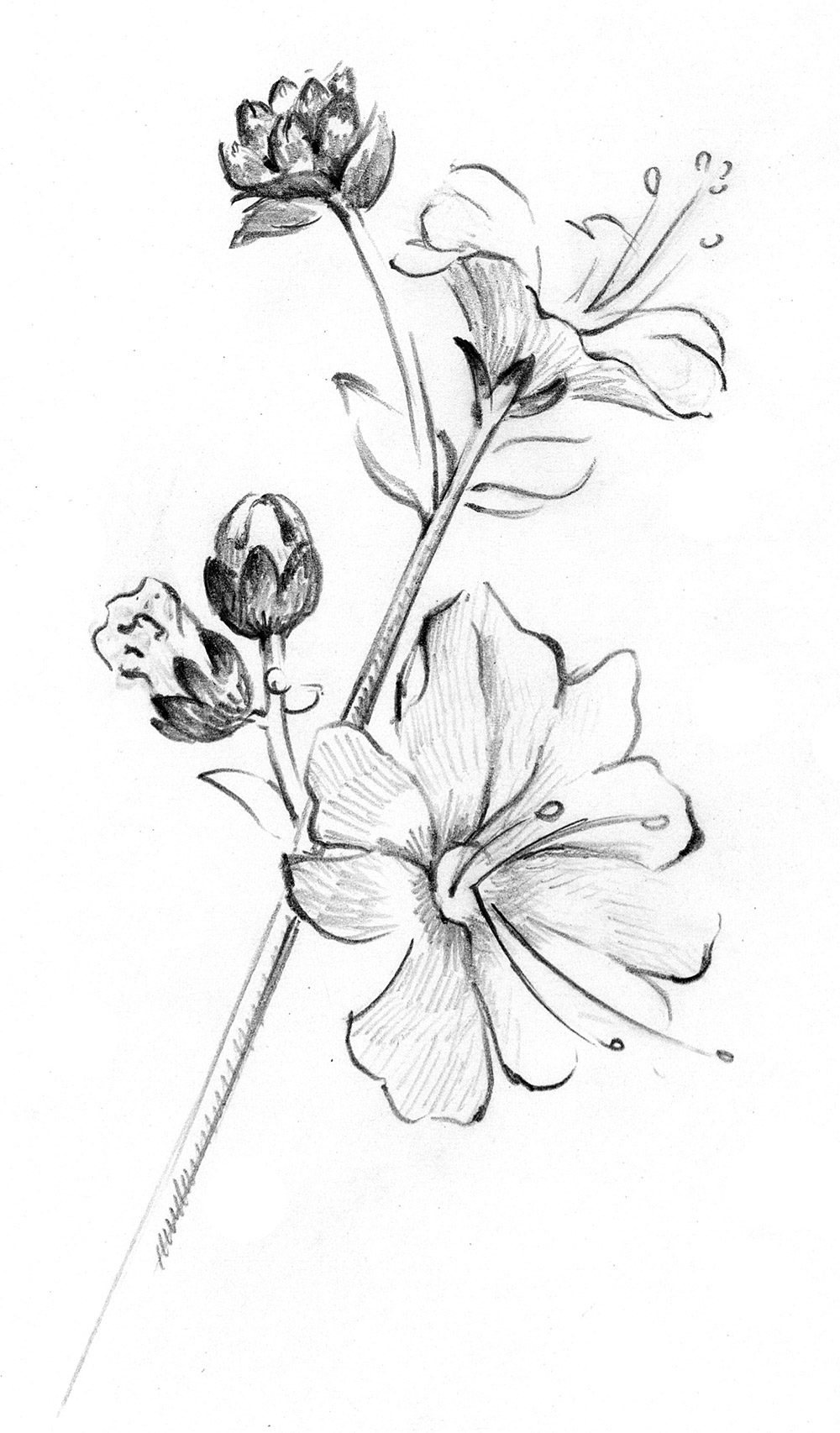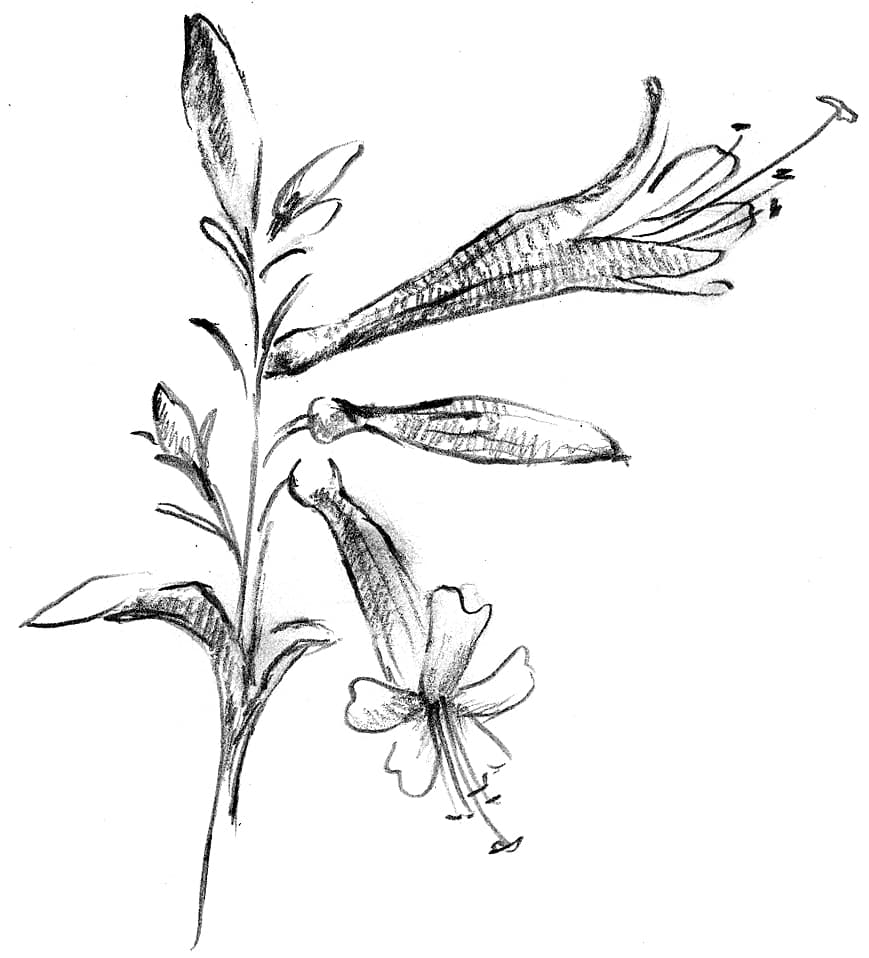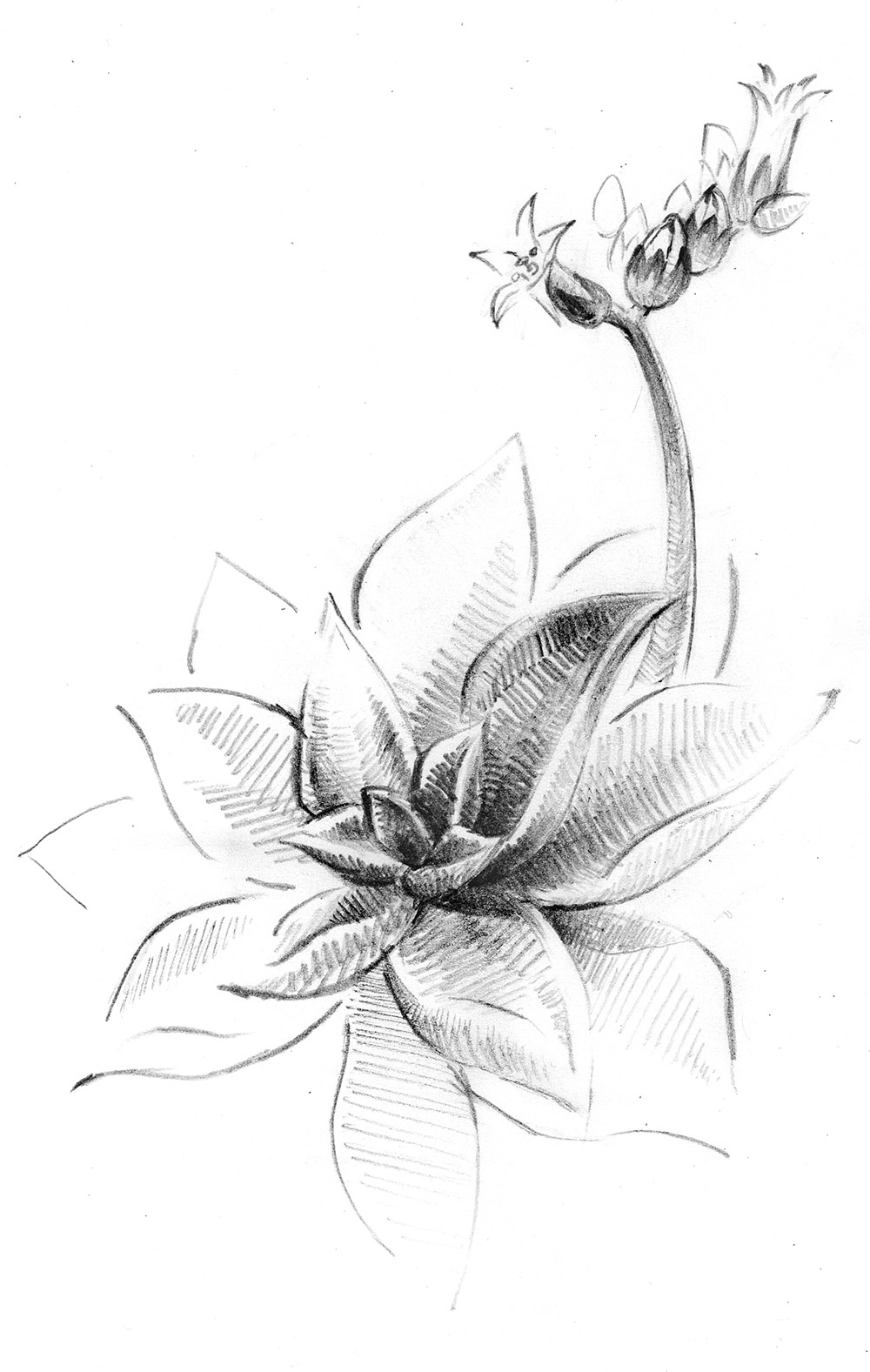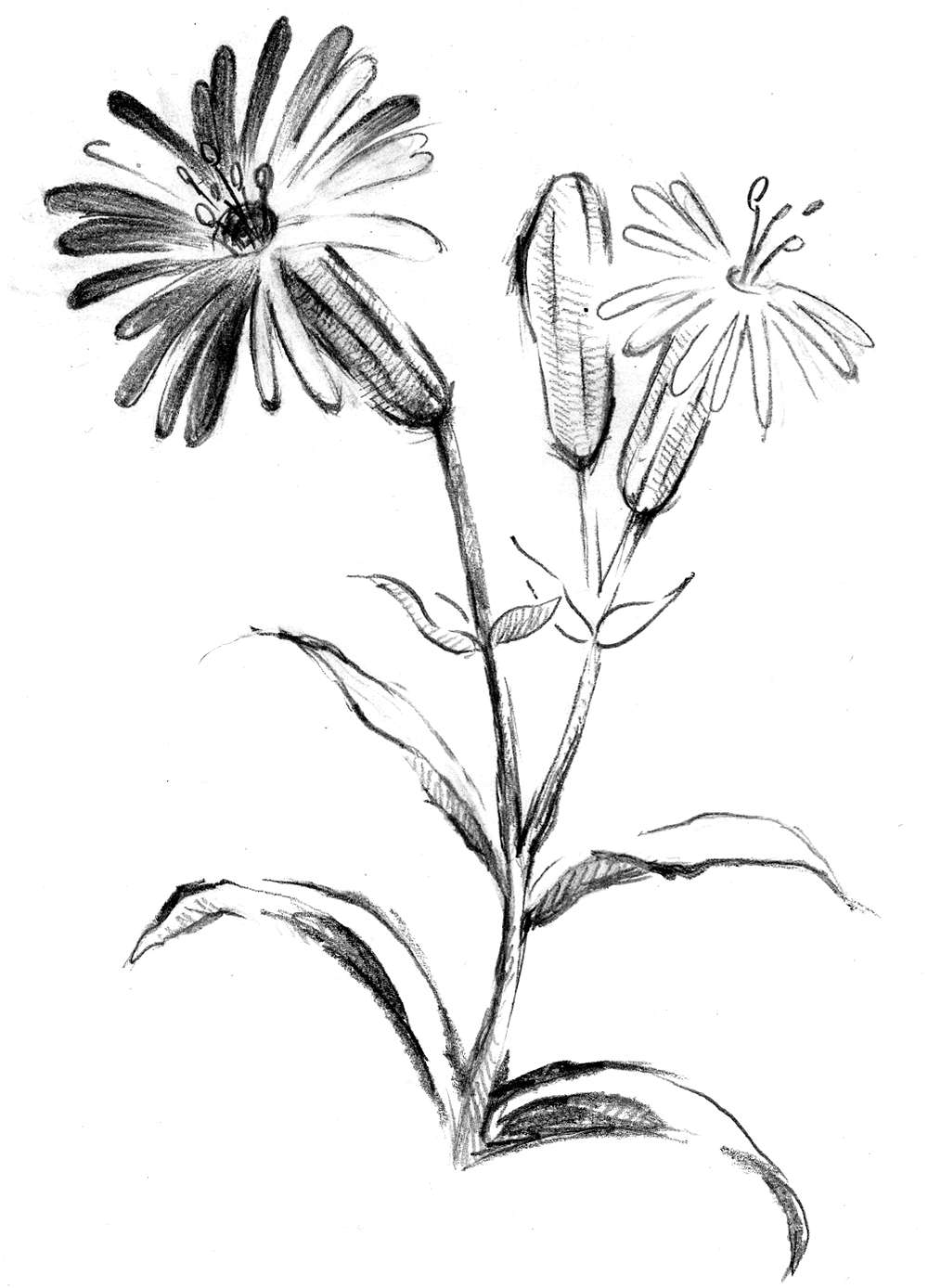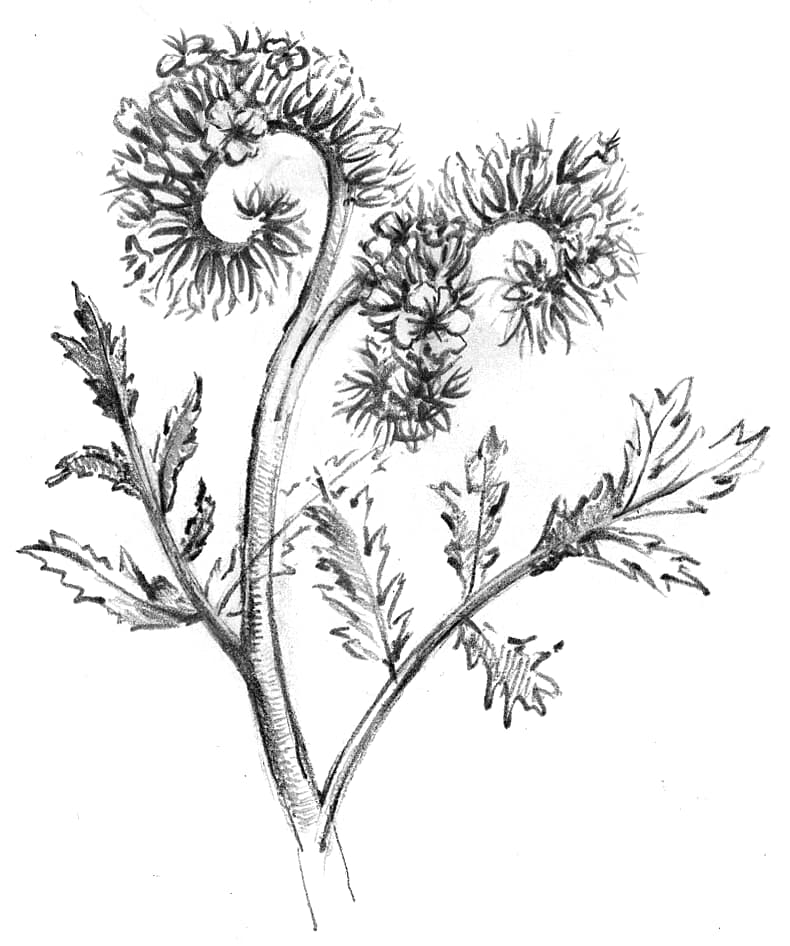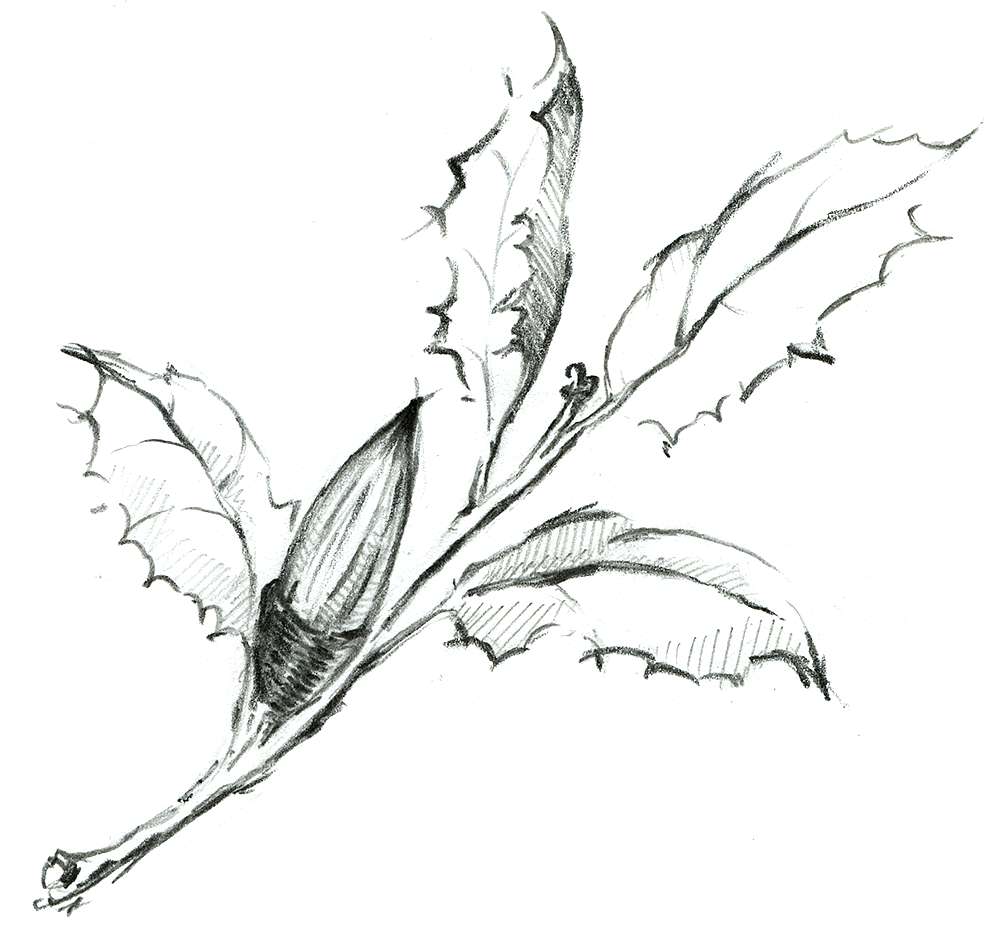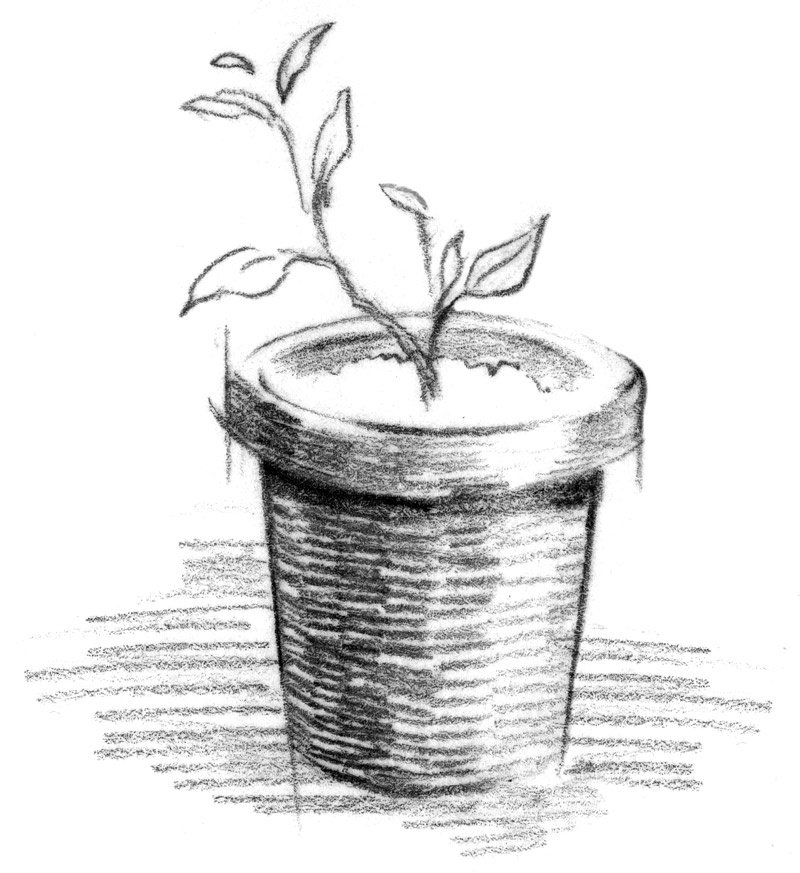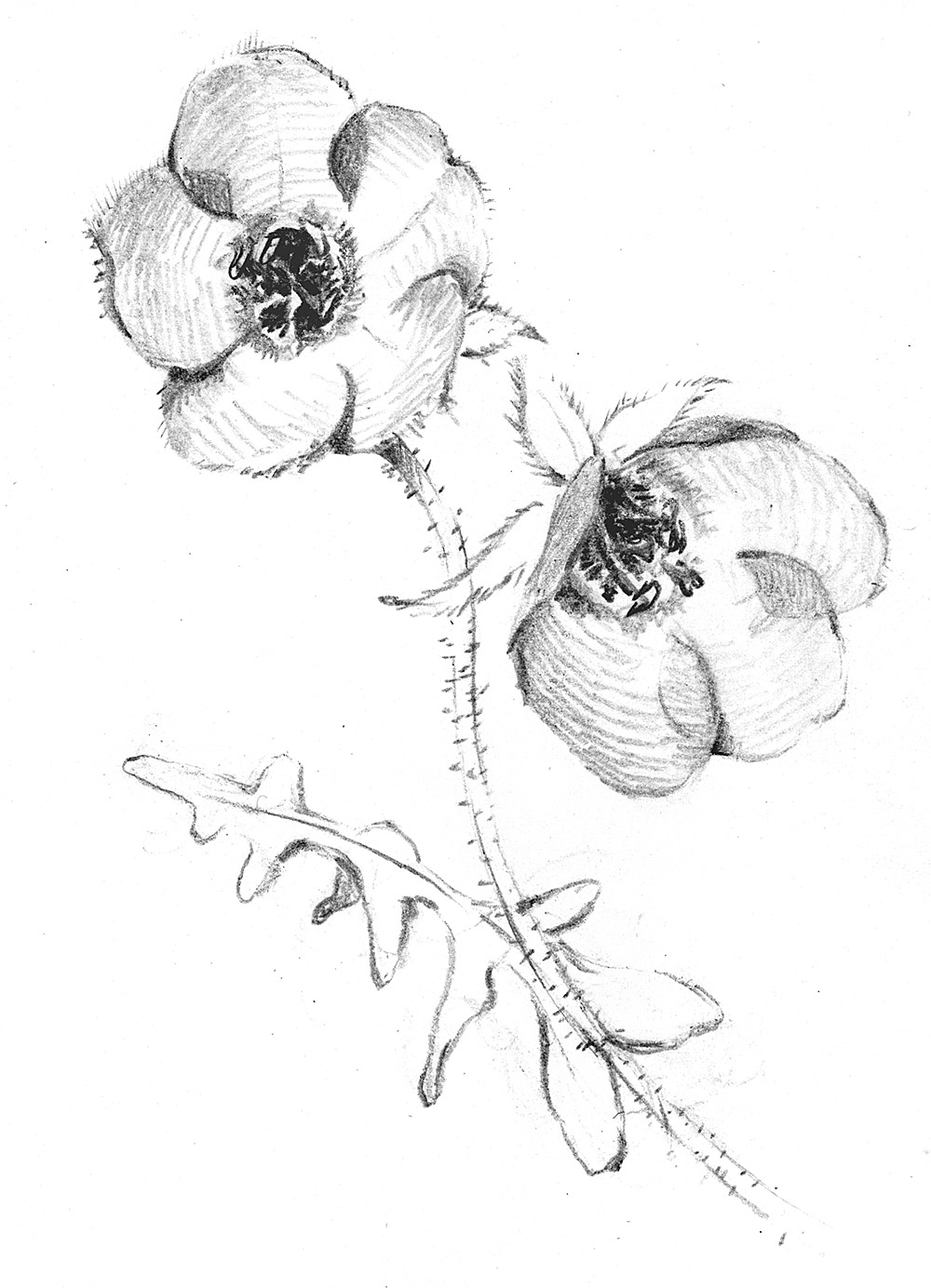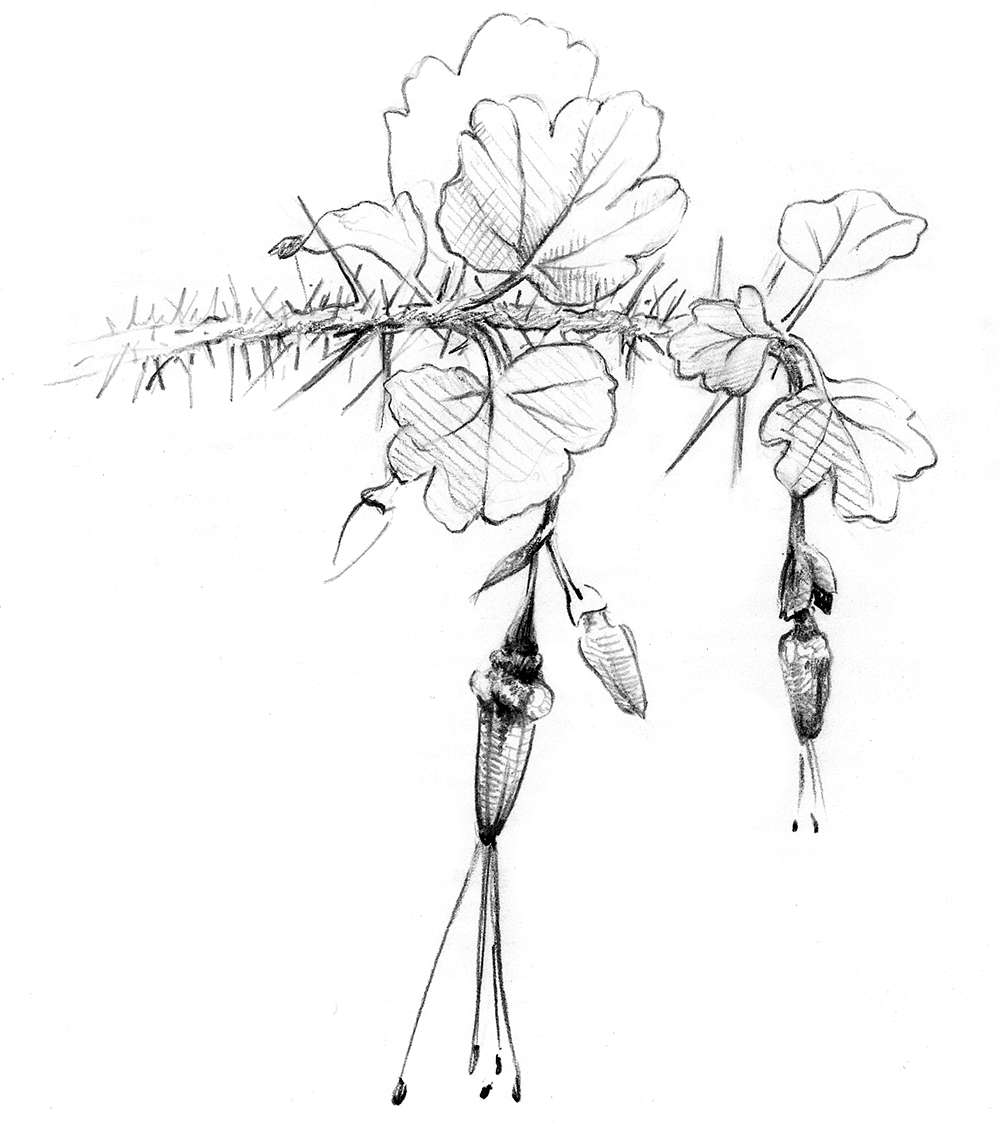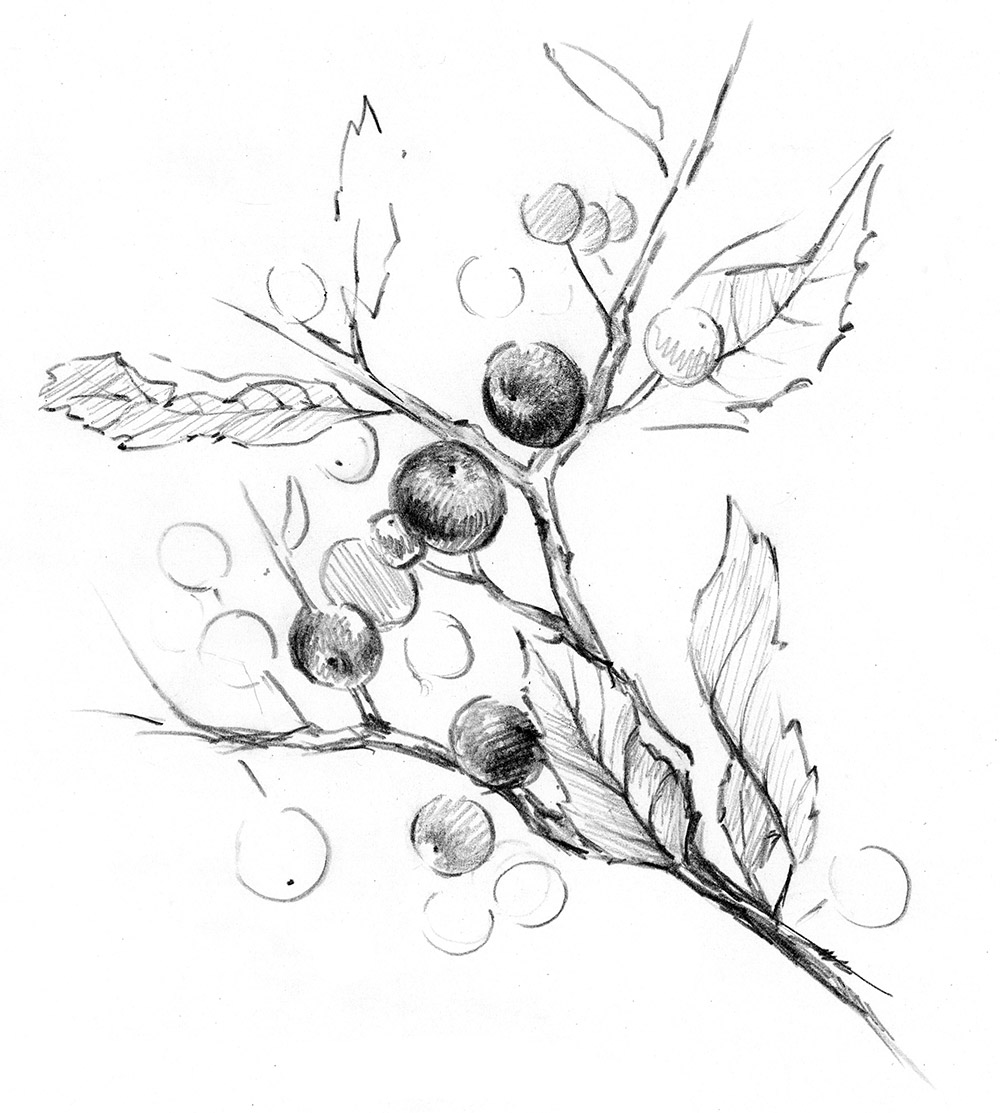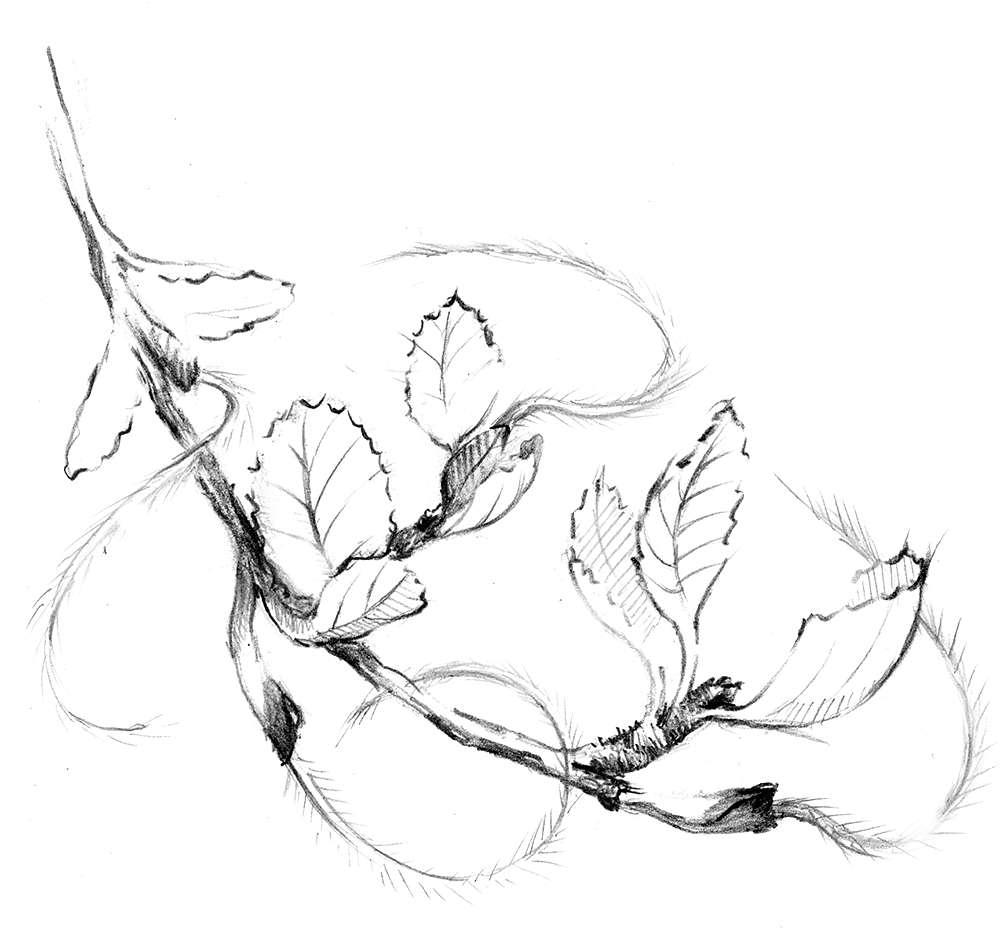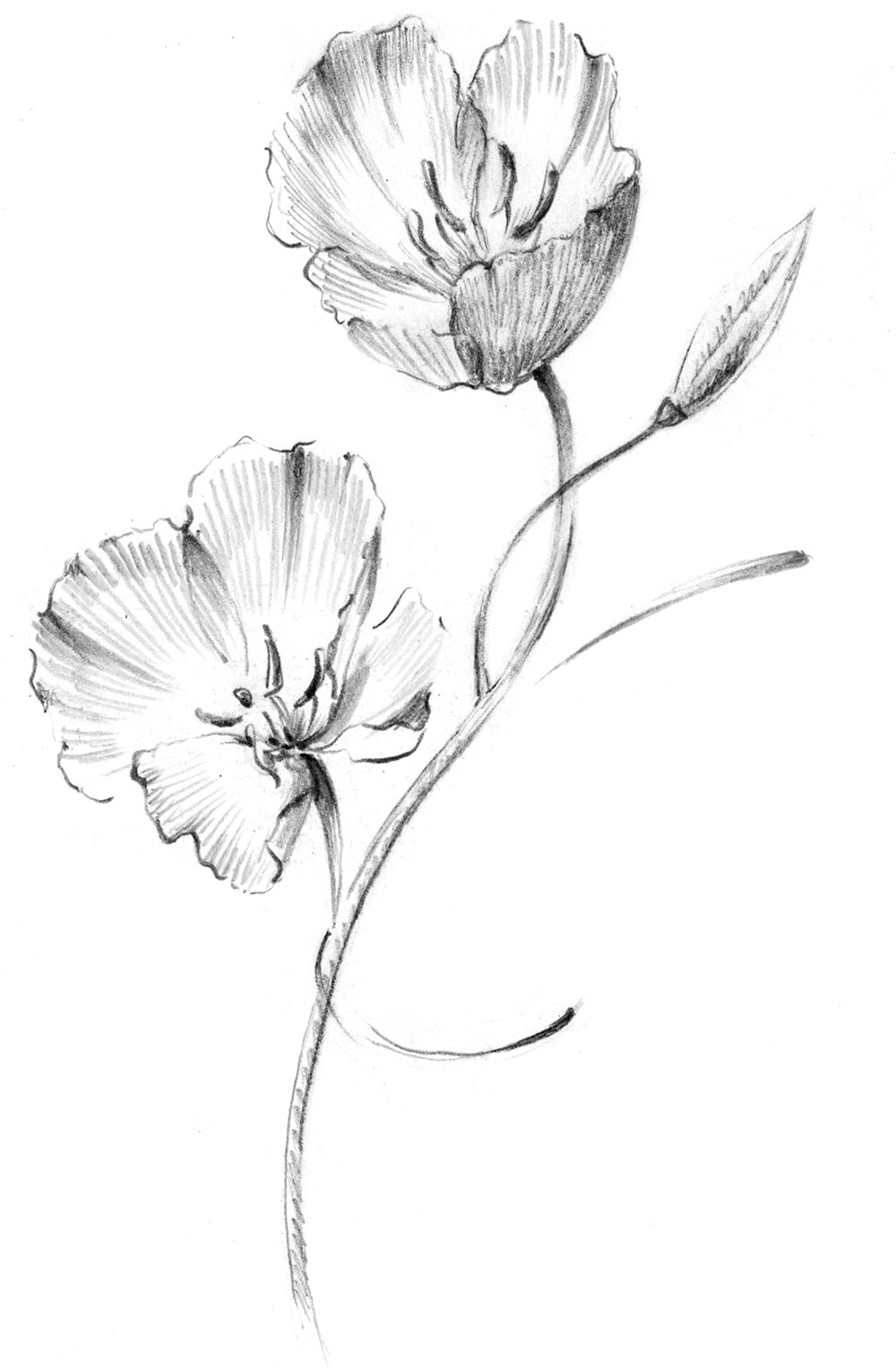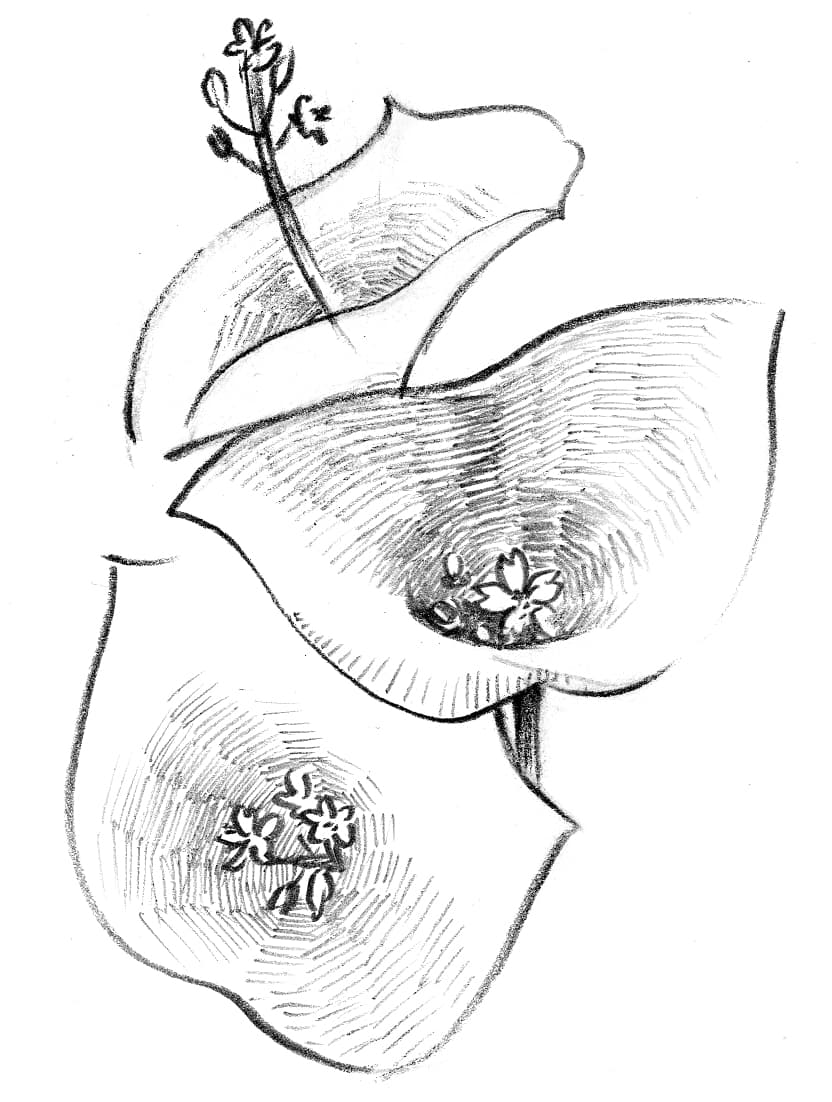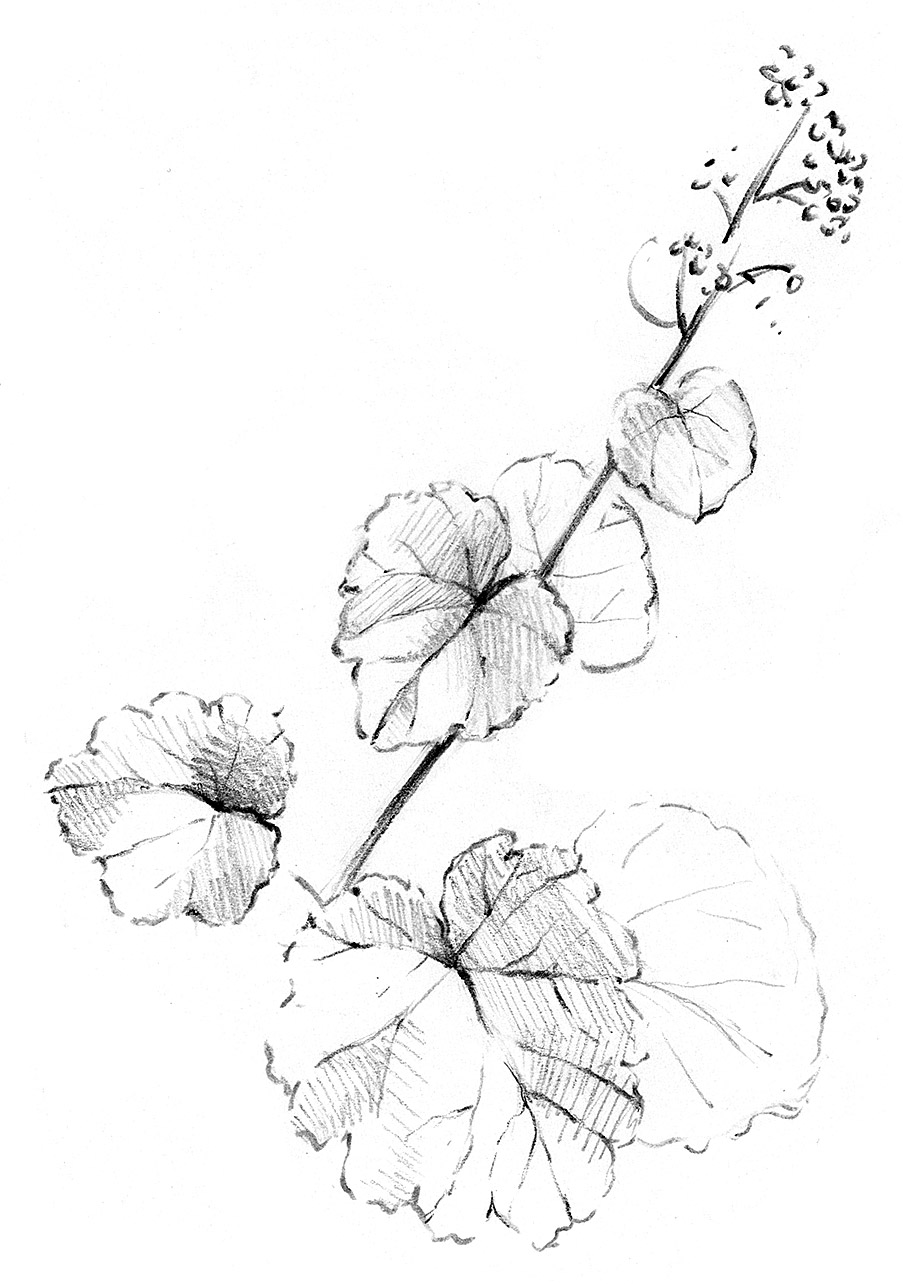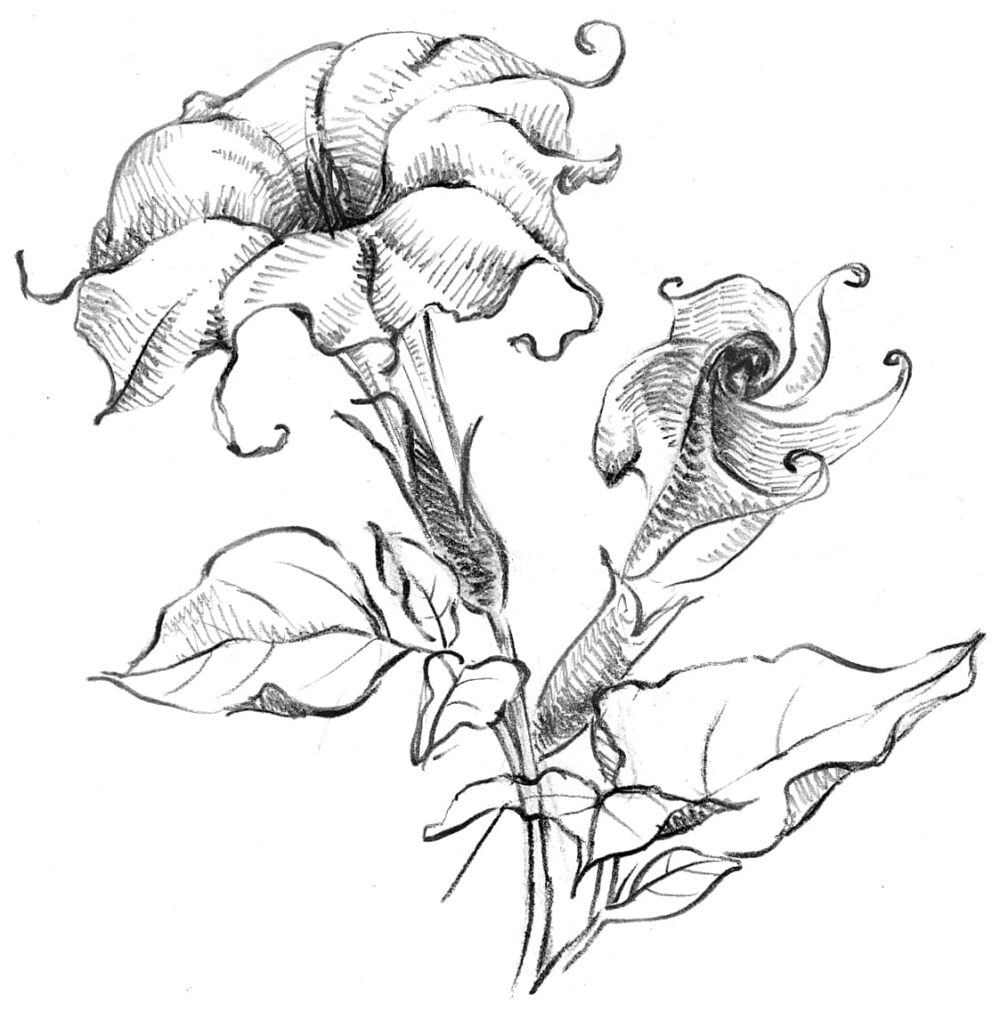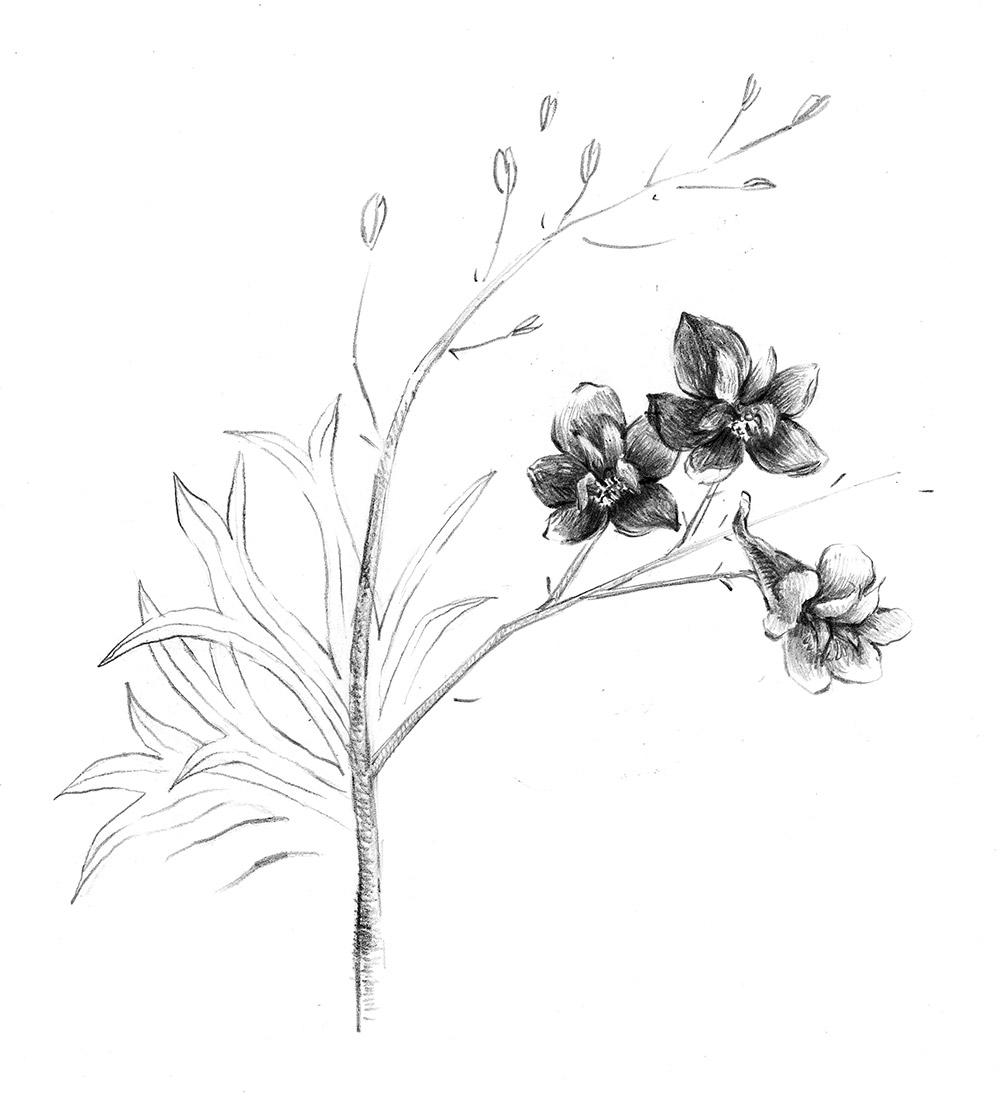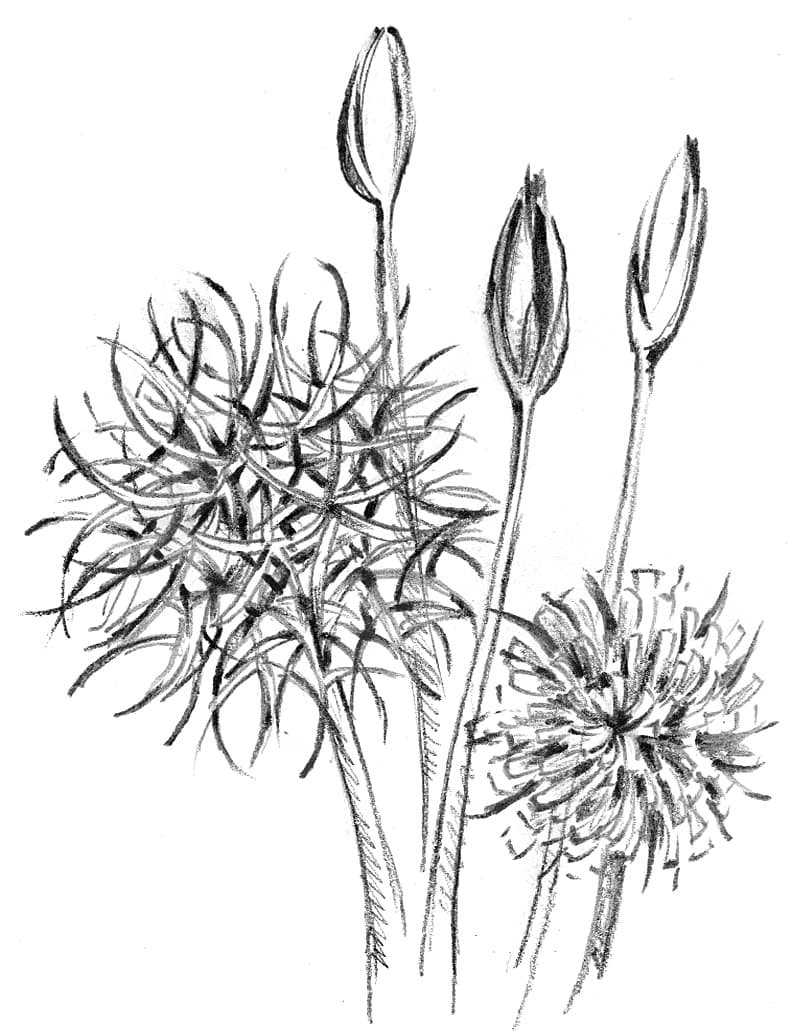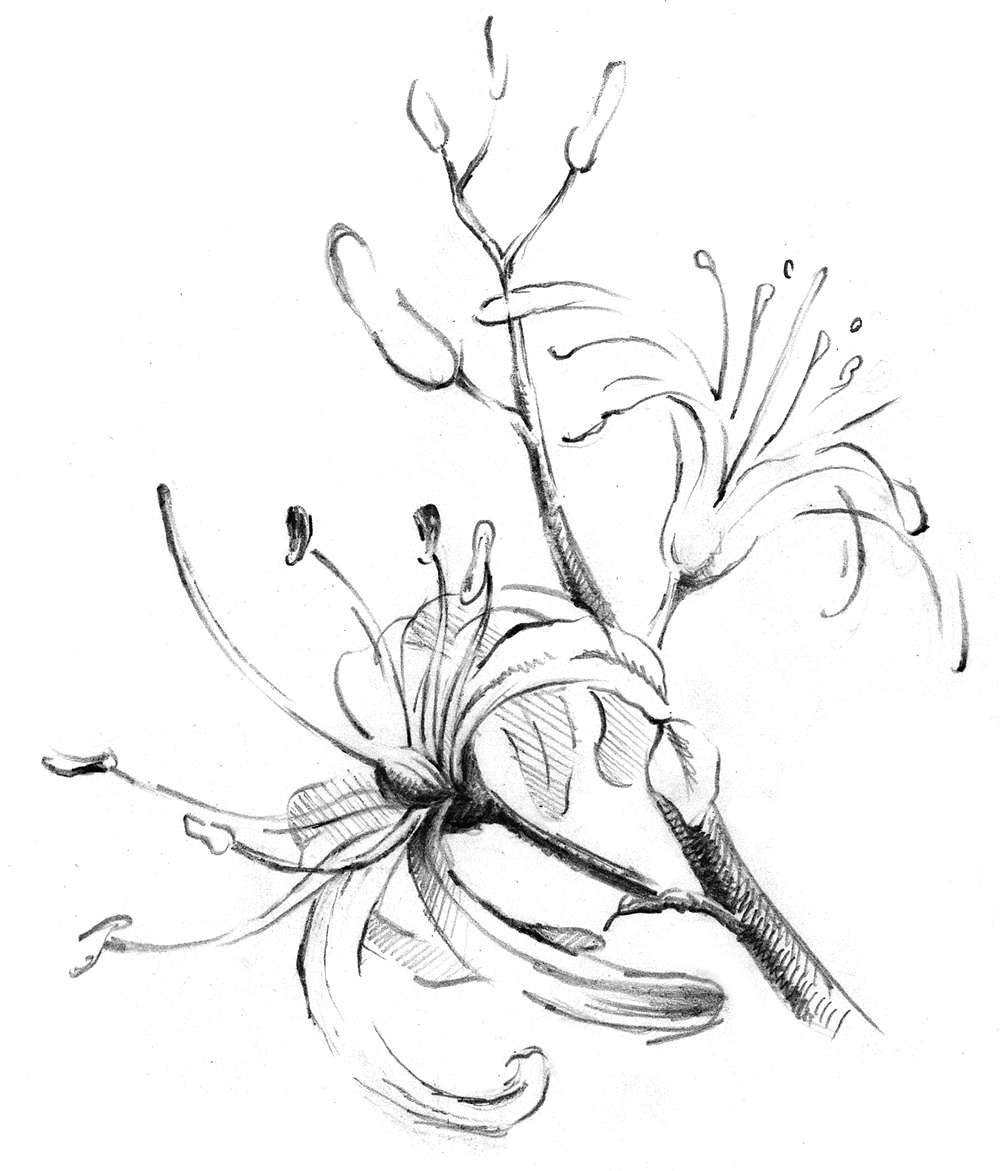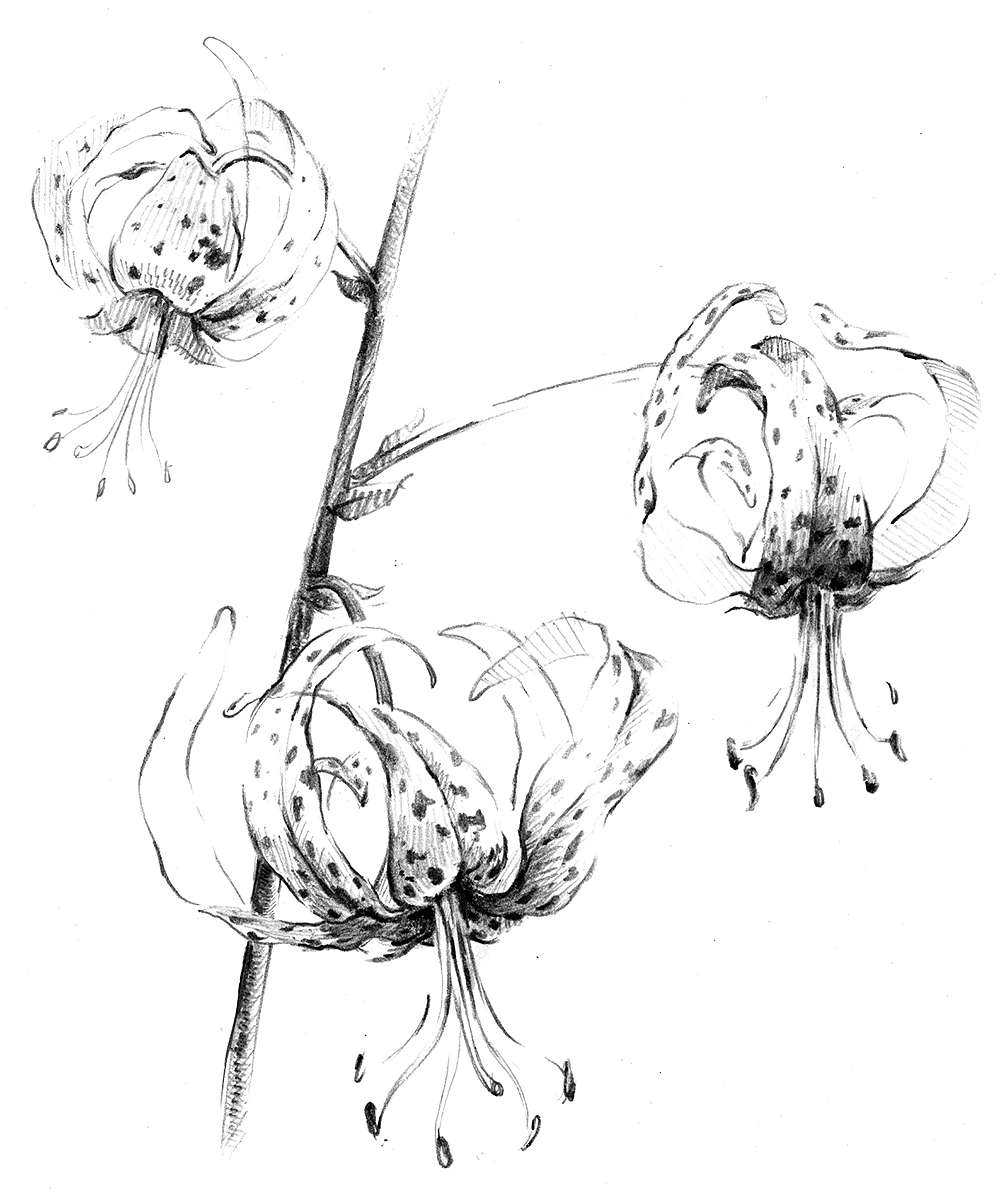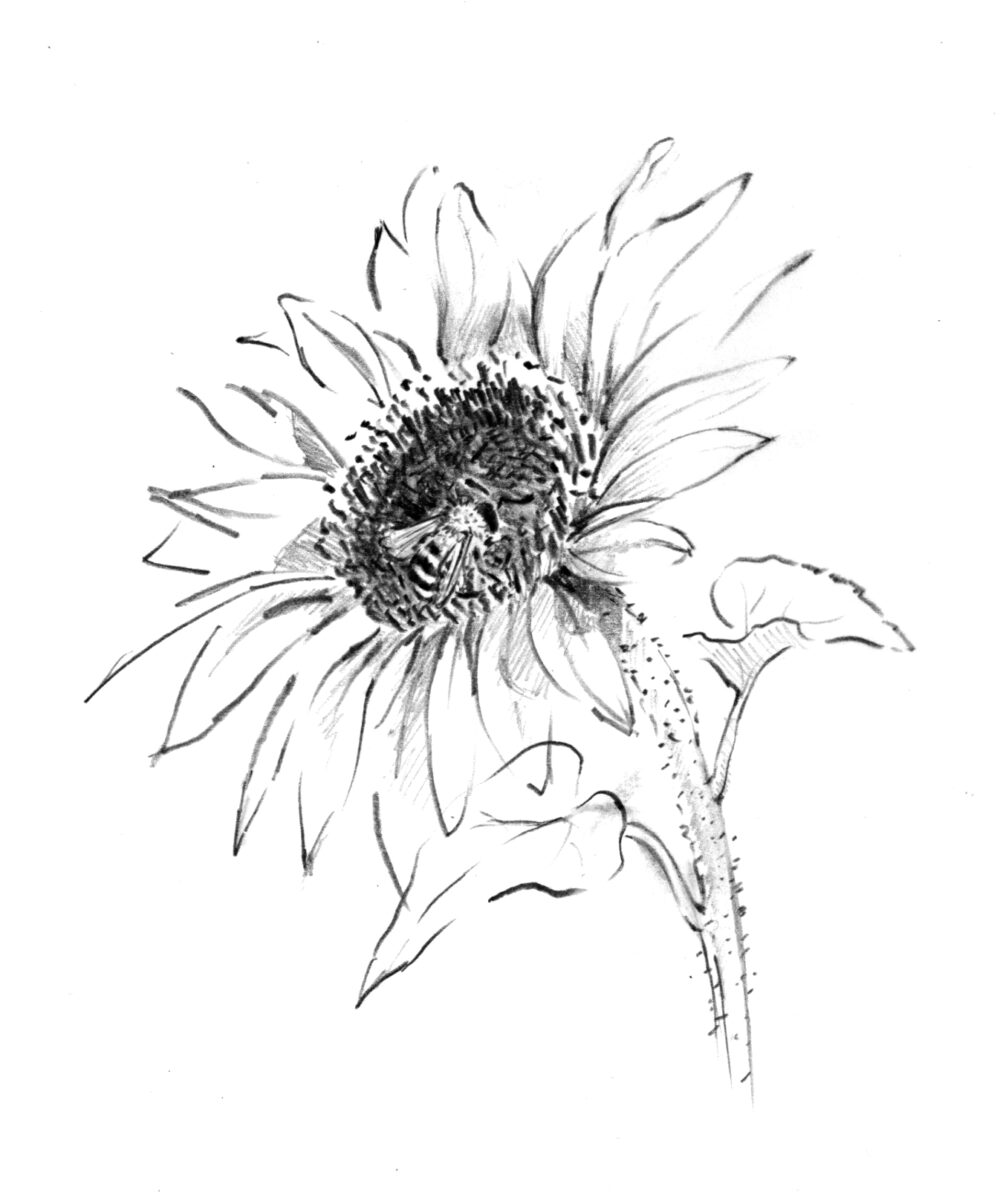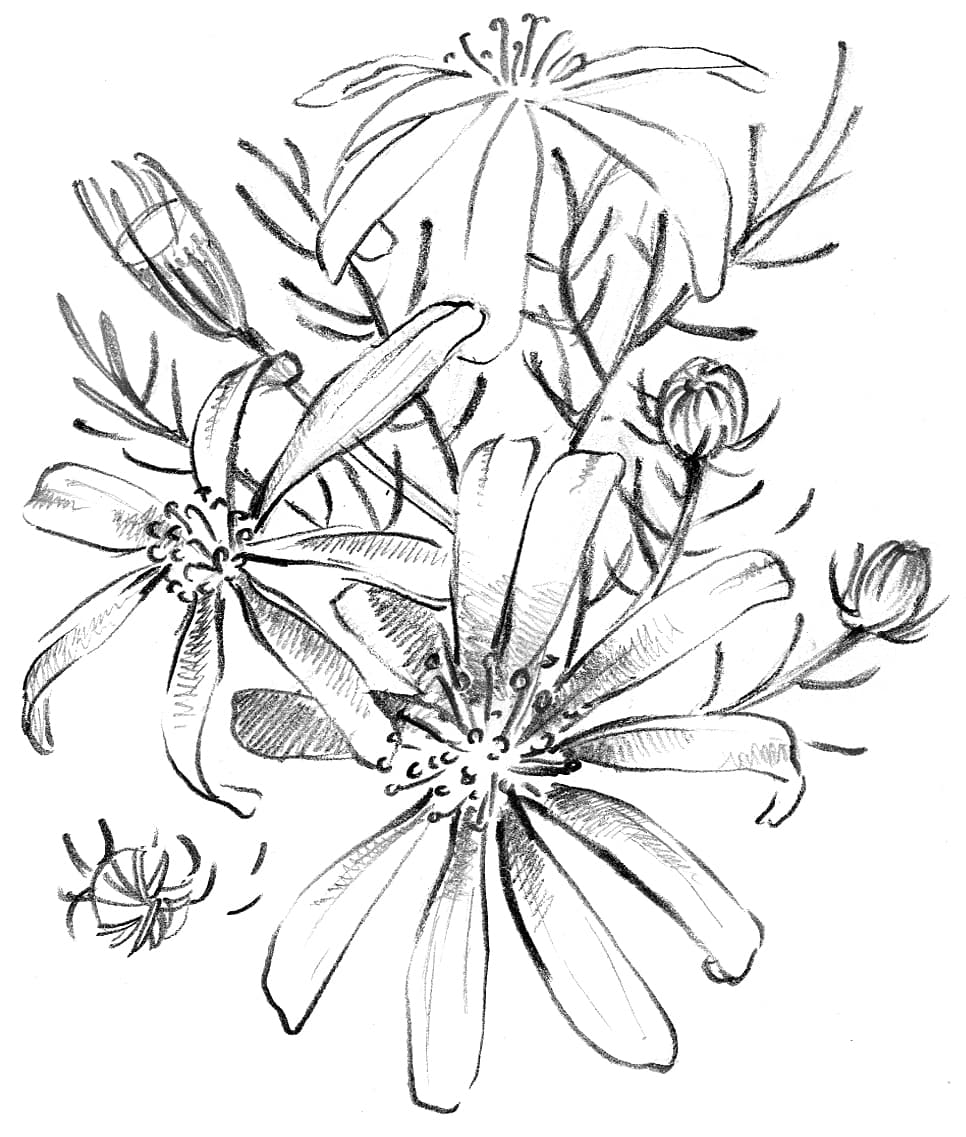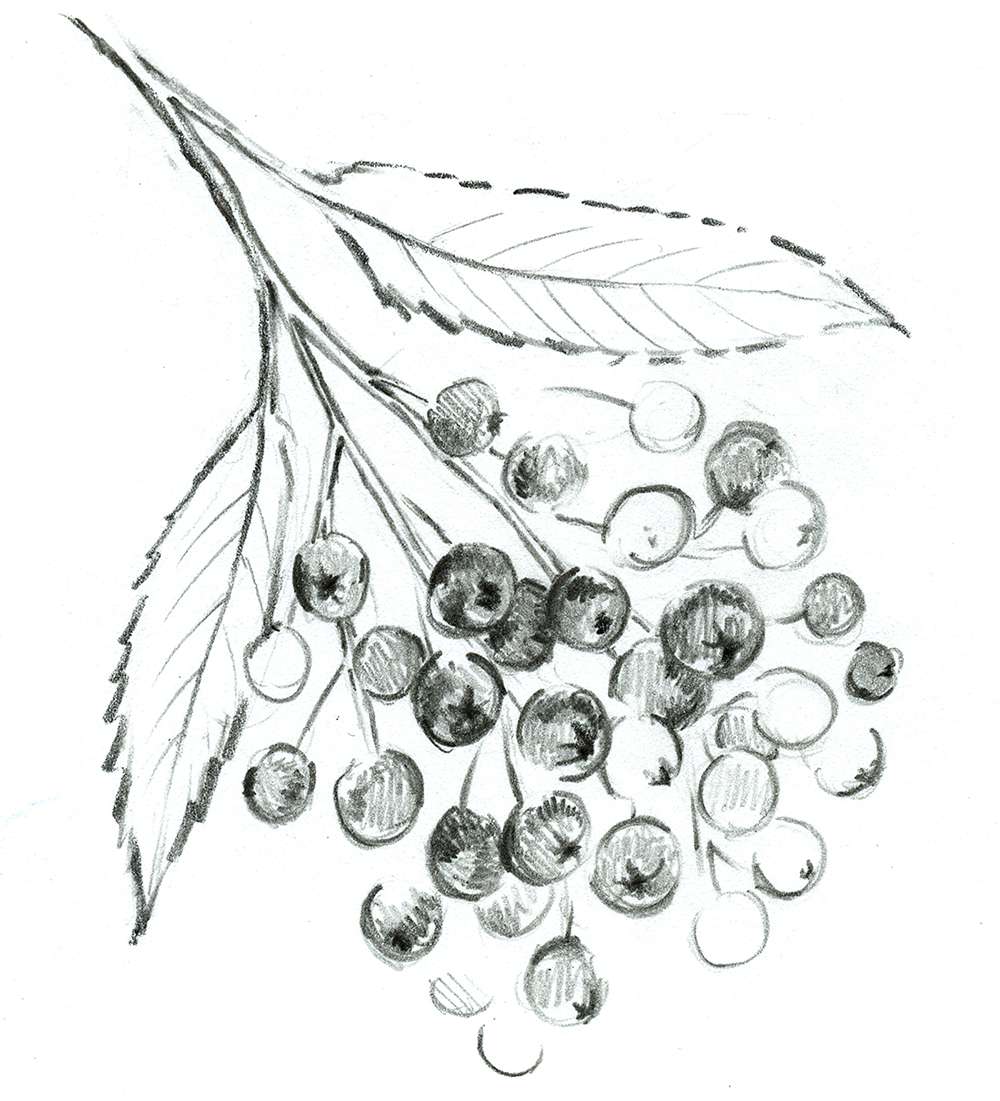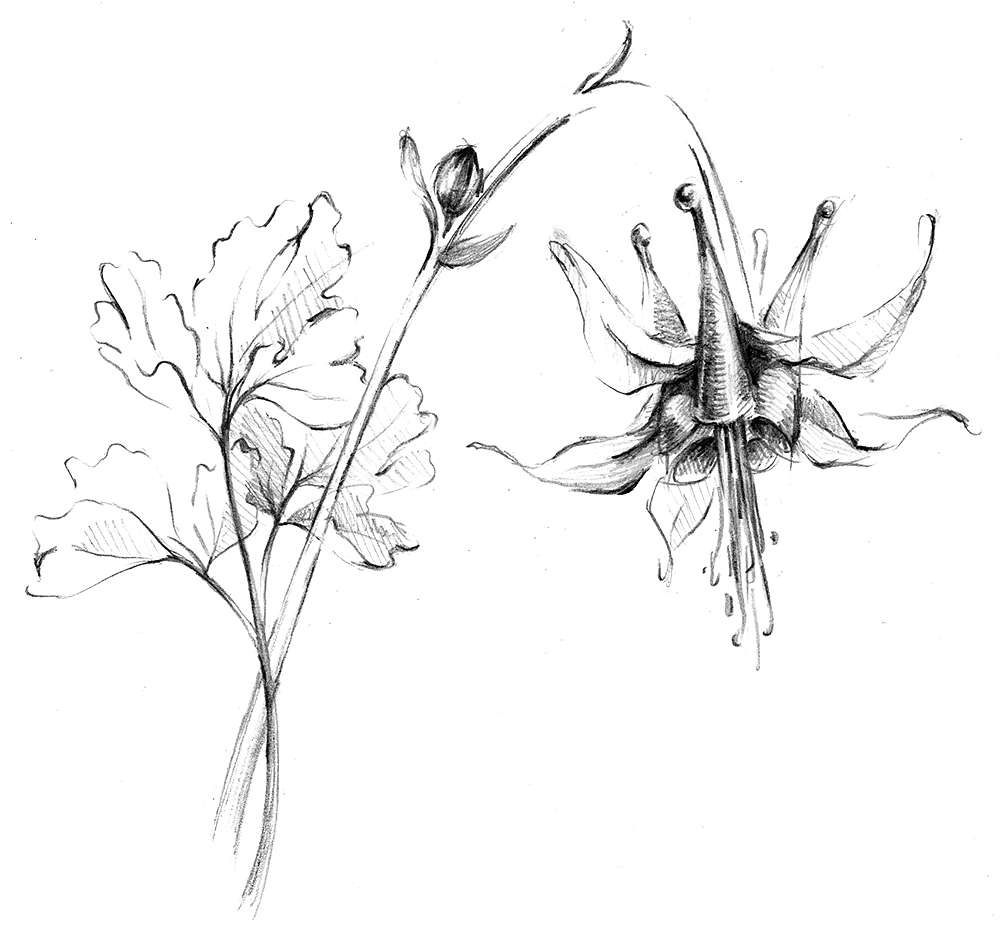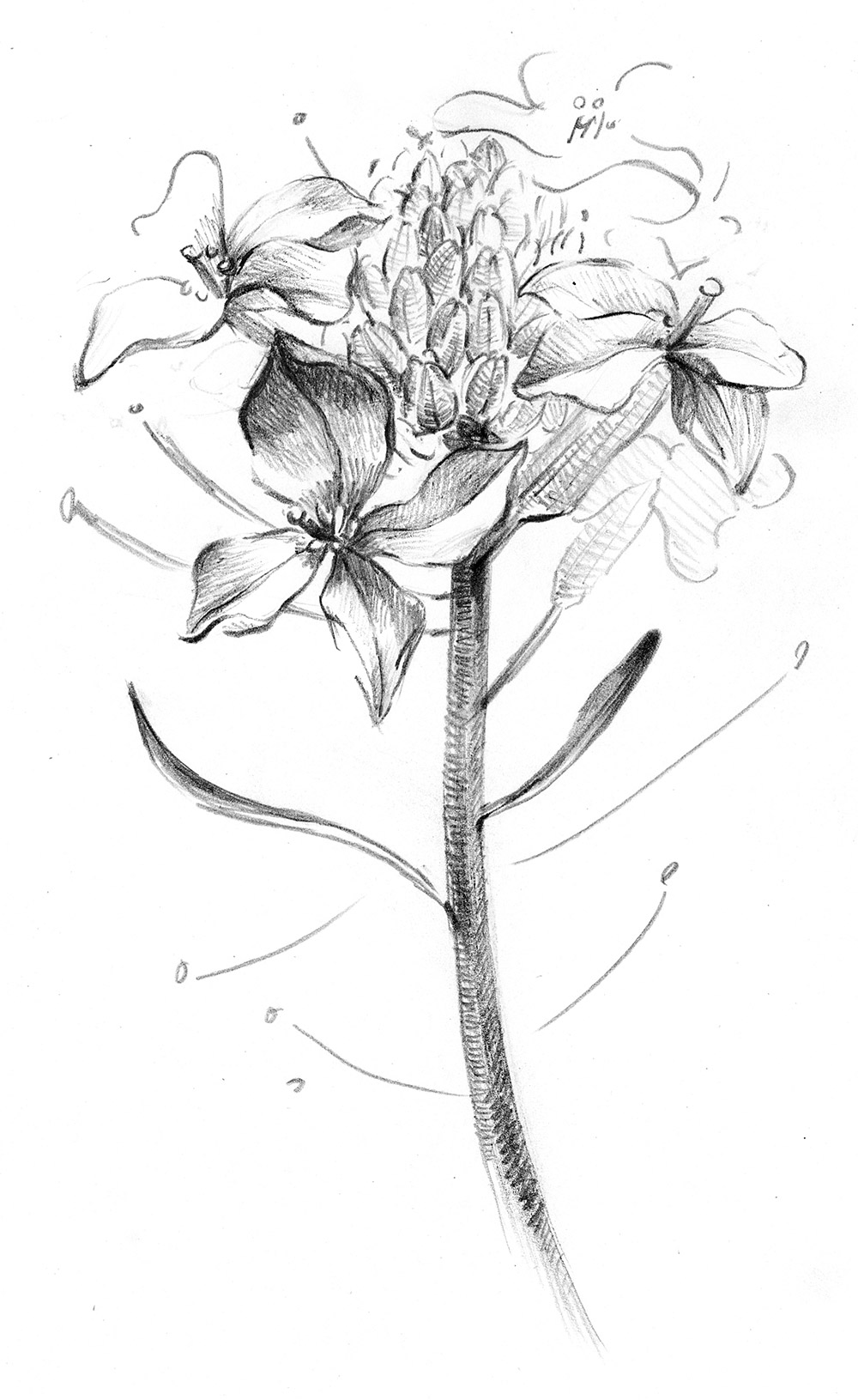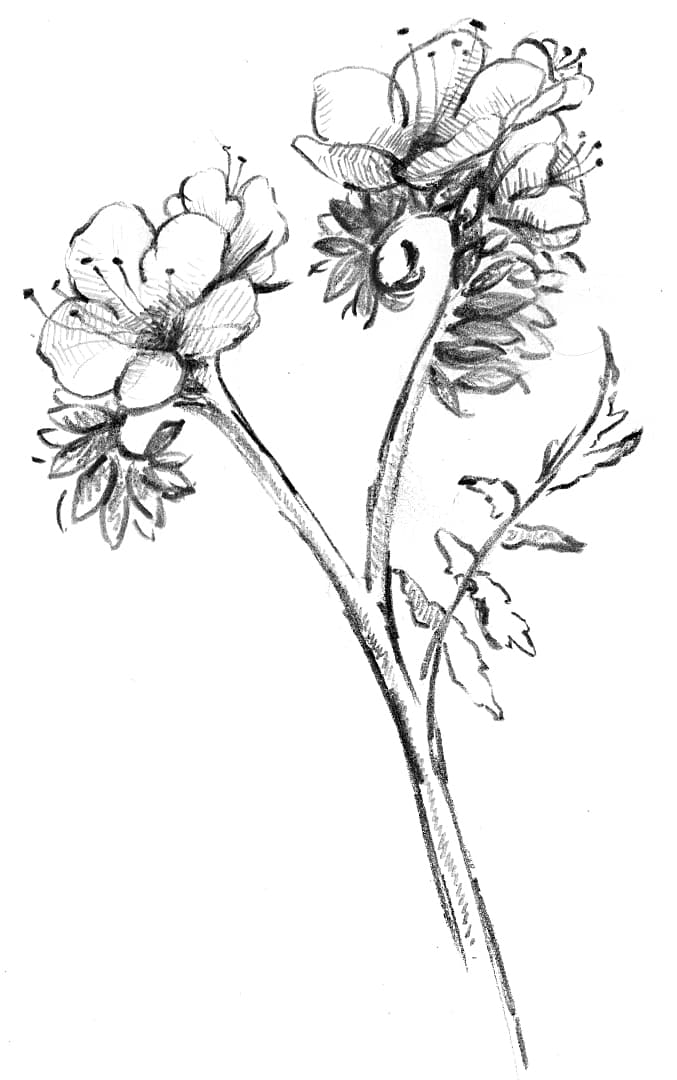You’d be hard pressed to recognize Longstem Buckwheat as a member of the Eriogonum family in the spring. Instead of the more familiar, hard and spiky, needle-ish leaves characteristic of most California buckwheats, Eriogonum elongatum’s leaves are broad, soft and fleshy. Then there are those white, snaky “longstems” that emerge in late spring and summer, reaching up and out as if they’re about to grab something. It isn’t until the late summer, when the flower buds along these stems start to bloom, that it actually looks like a buckwheat, with tiny, pearlescent cream-to-pale pink flowers clustered in small, spherical clumps.
And it is those flowers that are, perhaps, the best reason to include this under-appreciated habitat plant in your garden. Long after the other Eriogonum species in your garden have finished flowering, Longstem Buckwheat will just be getting started. It’ll reliably supply a wide range of pollinators with sustenance from late summer through the end of fall – even into the beginning of winter – when they need it most.
Longstem Buckewheat is happiest in punishingly hot, full sun exposures and dry, rocky soil. Don’t bother watering it after it’s established. Just cut it back after flowering in late fall (if you can wait that long) to about 6-9” stubs. With a little rain or supplemental water, it’ll quickly respond with a flush of new leaves, starting the whole intriguing cycle over again.


